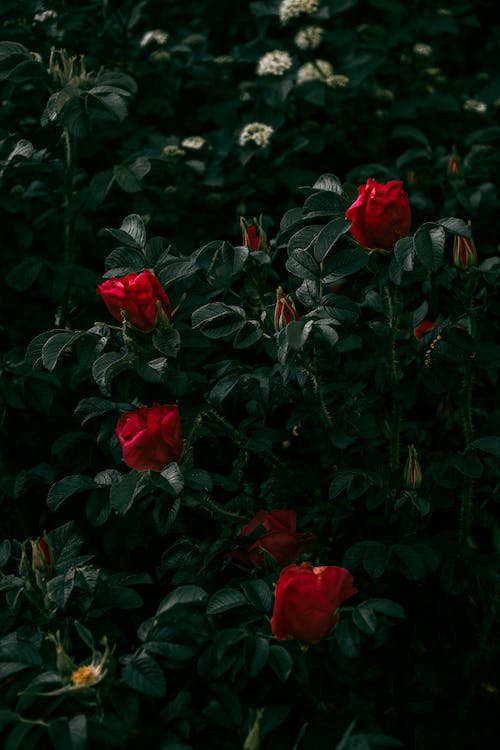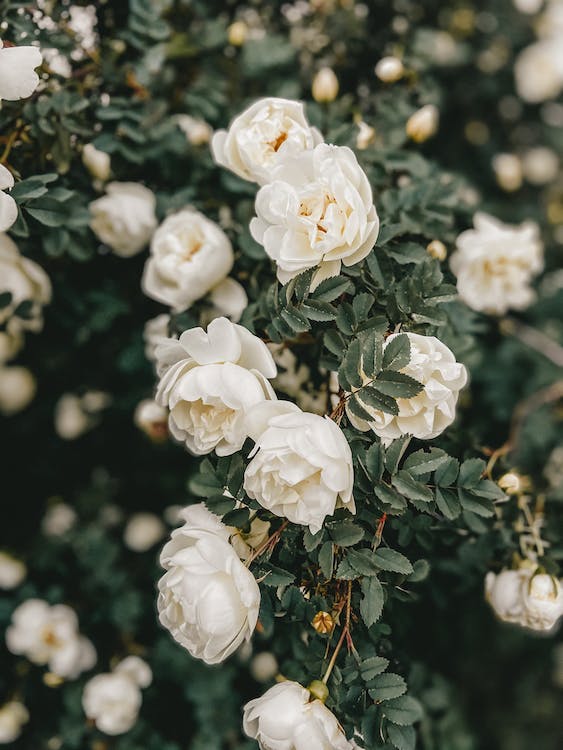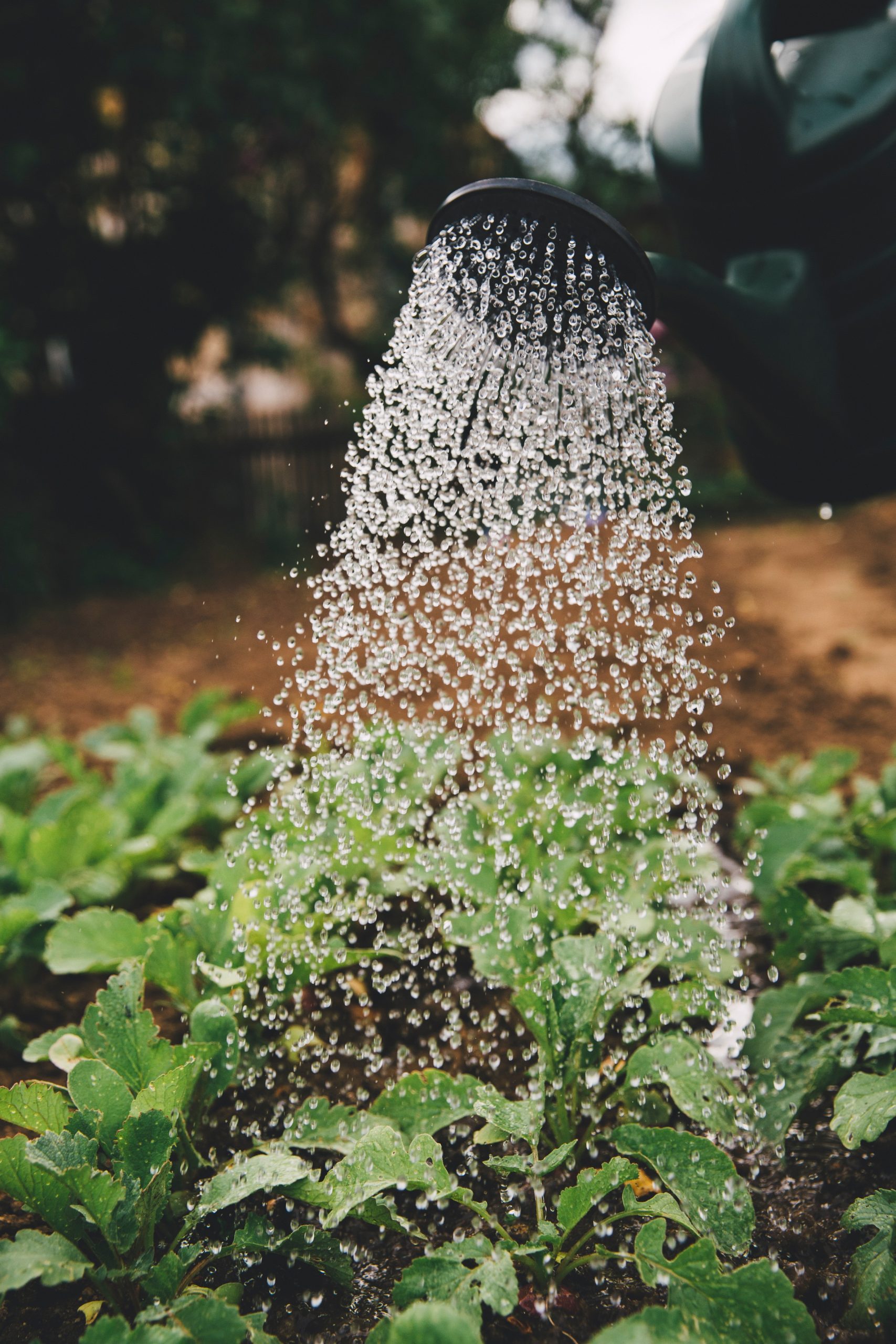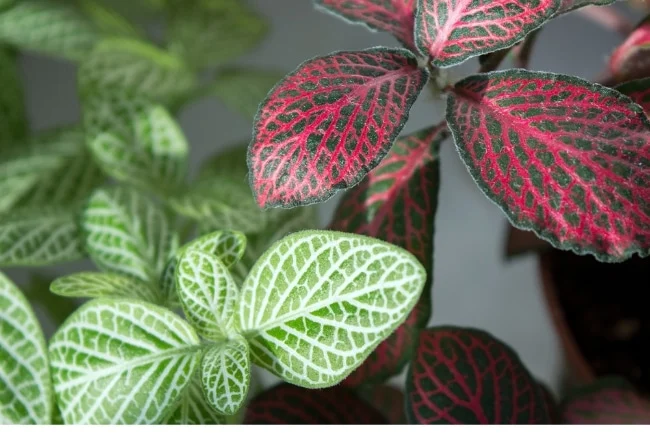5 Steps to Maintain Your Rose Bush
Summary
Is it necessary to treat roses?
Step 1: Choose disease-resistant roses
Step 2: Plant your roses carefully
Step 3: Maintain your roses without treatment
Step 4: Prevent aphid attacks without treatment
Step 5: Manage mild rose disease attacks
Maintaining roses without any treatment, even natural, is possible if you choose your roses carefully from a real rose grower, plant them wisely by taking care of the planting and using a few tricks.
This practical information sheet explains the steps to follow to avoid having to treat your roses.
Is it necessary to treat roses?
Roses are too often considered difficult to grow because of the diseases that threaten them and the treatments that are therefore thought necessary.
The diseases in question are mainly:
Powdery mildew manifests itself as a kind of white felting on the foliage.
Rust, which manifests itself in orange spots.
Marsonia or black spot disease.
Chlorosis, can be seen by the yellowing of the leaves.
Not to mention aphid attacks, which can be a real calamity for roses.
However, some ancient or modern roses are naturally resistant to diseases. (In the same way, there are roses that are always sick, no matter how much you treat them. They are obviously to be avoided if you don’t want to treat) them.
A rose adapted to your garden’s conditions (soil, climate, exposure) is much less likely to get sick.
Most diseases can be prevented with the right growing tips if the rosebush has been well chosen.
Finally, a few light attacks of disease will not kill a rosebush and will not prevent it from blooming. Treating is a choice, not an obligation.
1. Choose disease-resistant roses
If you don’t want to treat, the choice of your roses is essential: rootstock adapted to your soil and choice of disease-free varieties. To find this type of rose, don’t hesitate to buy them from a real rose grower and not from a general nursery.
Choice of rootstock
Most roses are grafted on rosa multiflora, which is suitable for all soils, except for calcareous soils: in the latter case, roses grafted on rosa multiflora will inevitably be sensitive to chlorosis. Ask your rose gardener for roses grafted on rosa canina or rosa canina laxa and you will avoid chlorosis.
A selection of roses free of any disease
If you don’t want to treat your roses, or suffer from the slightest disease attack, choose from the following roses:
Old roses: Alister Stella Grey, Blush Noisette, Madame Alfred Carrière, Paul Himalayan’s musk, Stanwel Perpetual, Rosa multiflora nana, Rosa Rugosa, etc…
Botanical roses: Adelaide of Orleans, Fimbriata, Margueritte Hilling, Princess Louise, Rosa Arvensis Plena, Rosa Holodonta, Rosa Lucens Erecta, Rosa Multiflora Adenochaeta, Rosa Soulieana, Springtime…
Modern roses
Roses labelled ADR (German label created in 1950, awarded to roses free of diseases): Anny Duperrey, Bonica, Emera, Escimo, Felicitas, Leonardo da Vinci, Magic Meillandécor, Mona Lisa, Opalia, Topolina, Yann Arthus-Bertrand…
Other modern roses never sick: Apple Blossom, Astronomia, Ballerina, Buff Beauty, Colette, Guirlande d’Amour, Grootendorst, Lucia, Mareva, Marietta Silva Tarouca, Mermaid, Nemo, Kadera, Robin Hood, Sourire d’Orchidée, The Fairy, Tapis volant, Xantippe…
2. Plant your roses carefully

If you have been tempted by a rose that is not entirely disease-free, the care you give it at planting and afterward will help it to remain as healthy as possible.
With few exceptions, choose a location that receives at least 4 hours of sunlight per day.
With a spade, dig a hole of good dimensions, put at the bottom some crushed horn, then 10 cm of good soil.
Plant the rosebush after having pruned its roots (if it is a bare-root rosebush), compact the soil by hand and water abundantly.
Make sure there is good air circulation around each rose (avoid two roses touching each other).
Plant aromatic perennials or fragrant bulbs at the foot of the roses, which repel insects and protect the roses from disease: garlic, sage, chives, lavender, mugwort, mint, wormwood, savory, thyme, etc.
3. Maintain your roses without treatment
In the spring, hoe the soil at the foot of the roses to aerate it.
Water the roses once a week, but abundantly (10 litres of water per plant). Be careful never to wet the foliage, which would make it vulnerable to disease.
Prune your roses well and give them space to let the foliage breathe.
When you prune your roses, disinfect the blades of your pruning shears with alcohol at 90° between each rose, to avoid transmitting possible diseases from one rose to another.
4. Prevent aphid attacks without treatment
Aphids are the bane of roses. However, there are ways to avoid this problem as much as possible.
Encourage biodiversity in your garden to attract aphid-eating insects, especially ladybugs and their larvae: if you grow a chemical-free garden, these insects will probably be in sufficient numbers in your garden.
Plant plants that are known to repel aphids near your roses: especially lavender, mint, wormwood, rue, savory and marigolds.
Or choose the opposite solution: plant nasturtiums at a certain distance from your roses: they will attract aphids, which will prefer them to your roses.
If you spot ants near your roses, hoe the soil to disturb them and encourage them to go further away, as ants carry aphids.
5. Manage mild rose disease attacks
Inspect your roses regularly to spot any disease early on.
If a disease is detected, remove all diseased leaves and parts of the rose immediately, as well as any leaves that have fallen off at the base of the rose. Do not compost them, but burn them if possible.
Materials needed to maintain a rose bush without any treatment
90° alcohol
Hoe
Crushed horn
Fertilizer
Spade fork
Pruning shears
Potting soil




